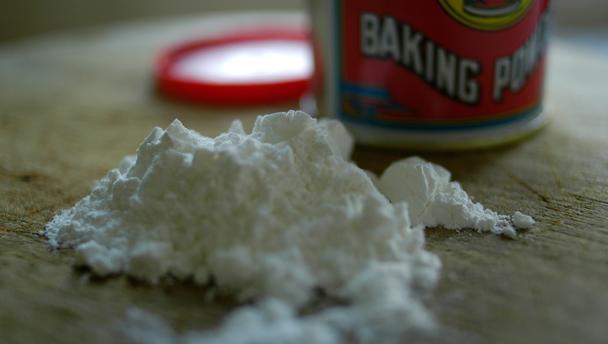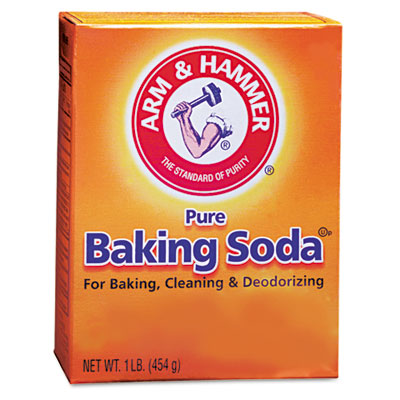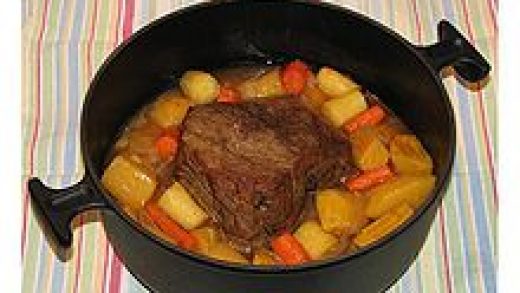Have you ever wondered what is in baking powder? How is it different from baking soda? And what does it do?
There are two ways to get fluffy baked goods. One is to use yeast. Those microorganisms eat sugar and secrete alcohol and carbon dioxide. The gas gets trapped in gluten strands and, like a balloon, makes the dough bigger. The more air, the lighter and fluffier the end product becomes.
The other way is to generate that carbon dioxide using chemicals. That means carbonates. One of the most common carbonates in the kitchen is sodium bicarbonate or baking soda. Do you remember making a volcano for science class? You probably used baking soda and vinegar to create lava. The acid in the vinegar mixed with the alkaloid of the baking soda creating carbon dioxide. The mixture would then boil over and run down the side of your paper maché mountain.
The problem with baking soda is that it reacts with acid, like that in milk, immediately, before you’ve even got your pan in the oven. That means all the gas will escape, leaving you with a baked brick instead of something light and airy.
That’s why baking powder is the more popular ingredient to lift your baked goods from brick to beauty. Baking powder uses baking soda with other compounds to create the same reaction, but once the food is exposed to heat. This allows the batter to partially harden and hold in the gas that’s created in the oven.

While some formulas may add other ingredients, the basic components of baking powder are baking soda, cream of tartar, and cornstarch. Cream of tartar is potassium bitartrate, a residue on the bottom of wine barrels. It is an acid. Corn starch is a stabilizer that delays the reaction of the acid and the alkaloid.
Now you also know why it’s called baking powder.
Making your own means you will always have the freshest baking powder. Most baking powders last only a few months.




